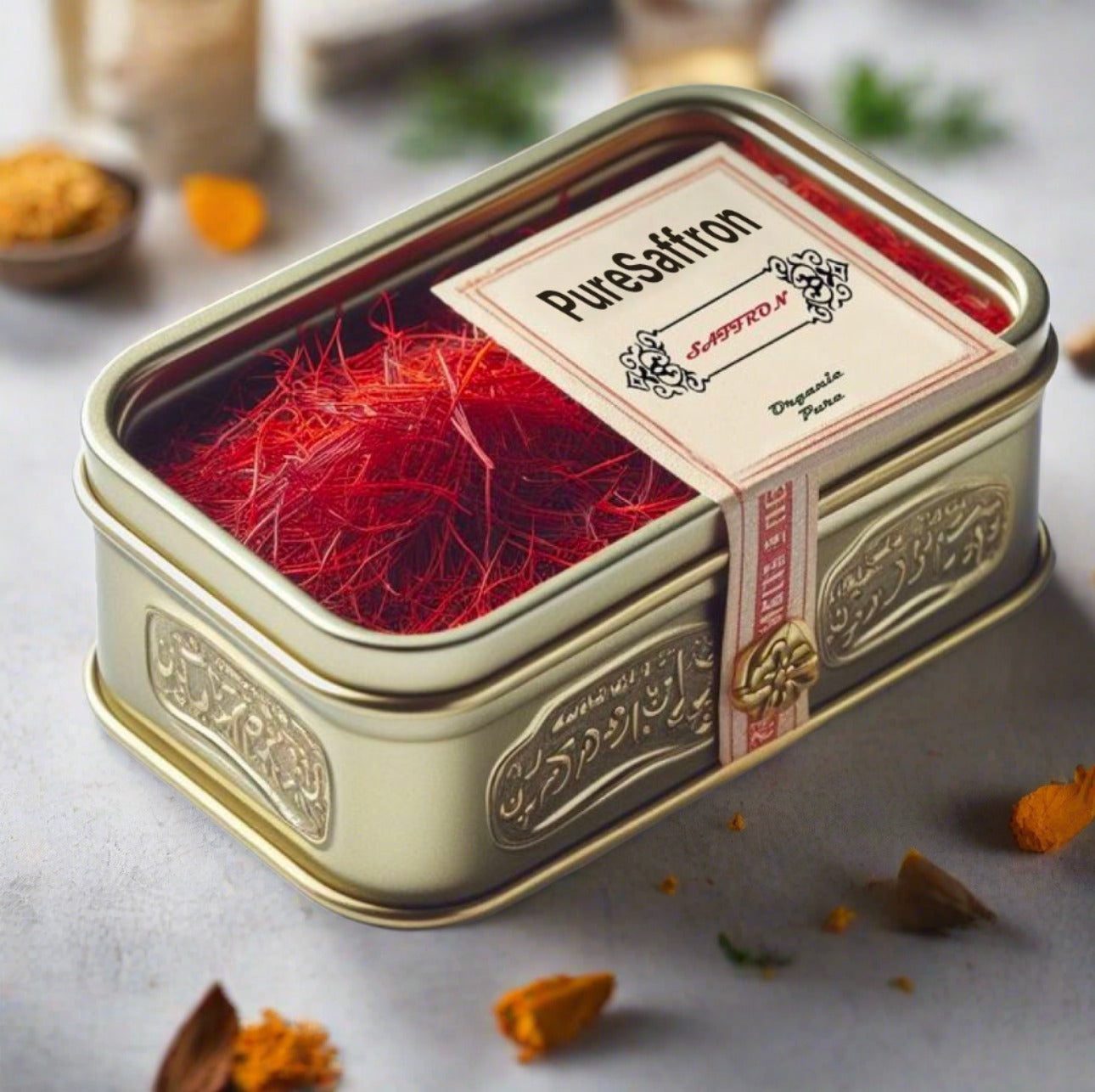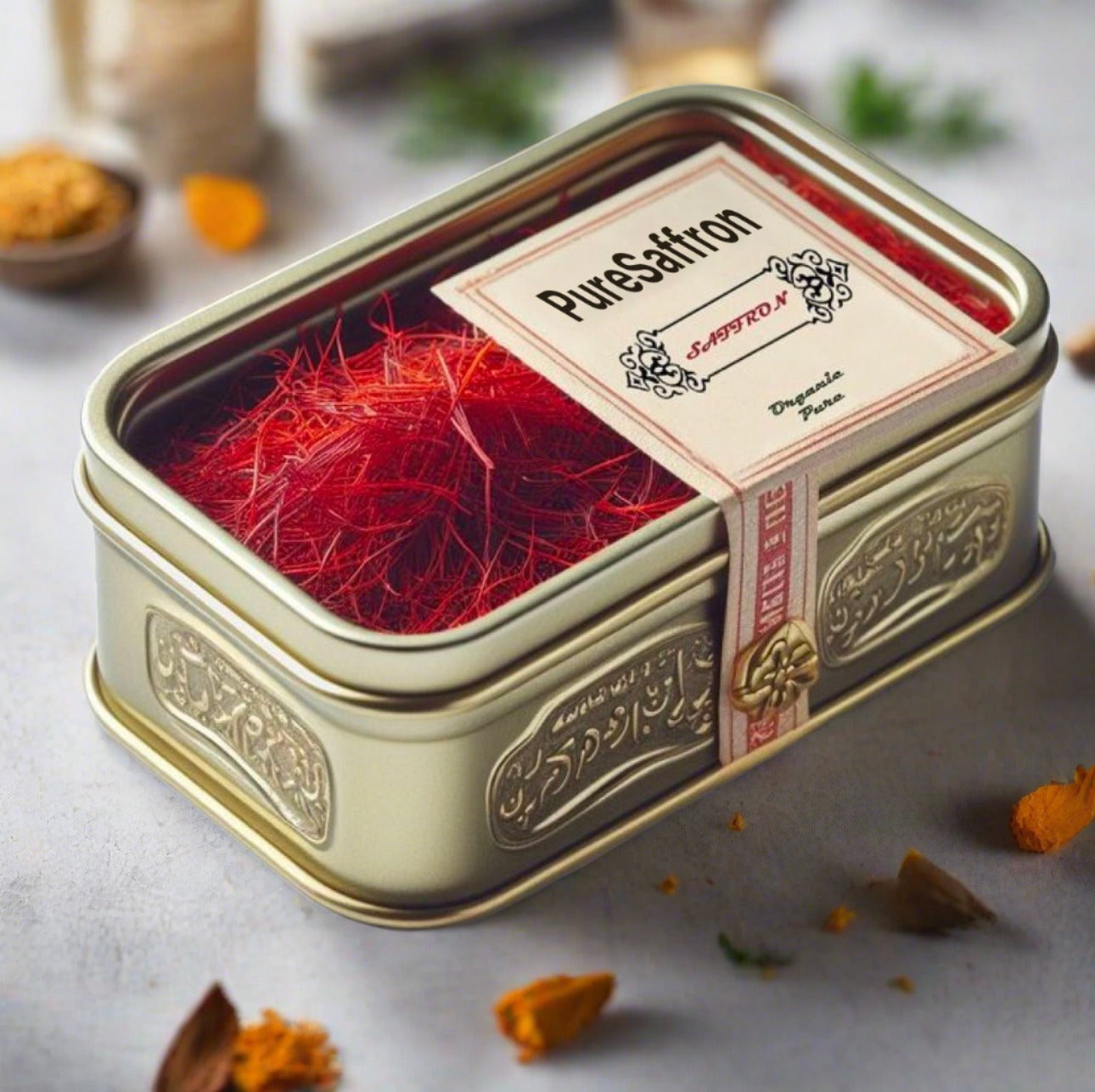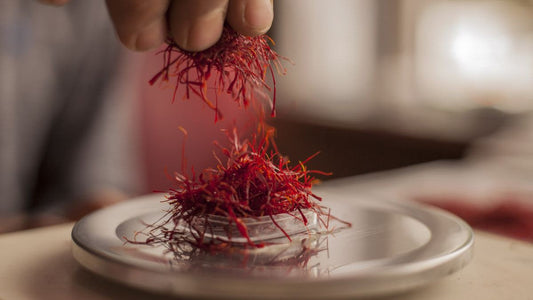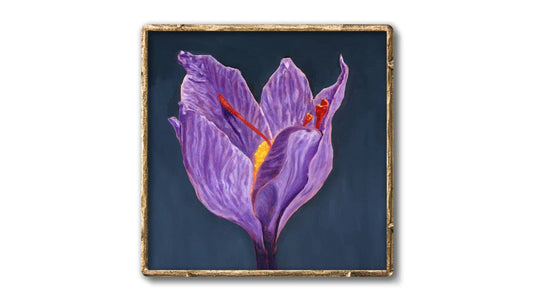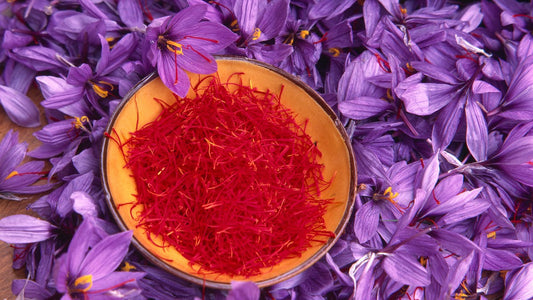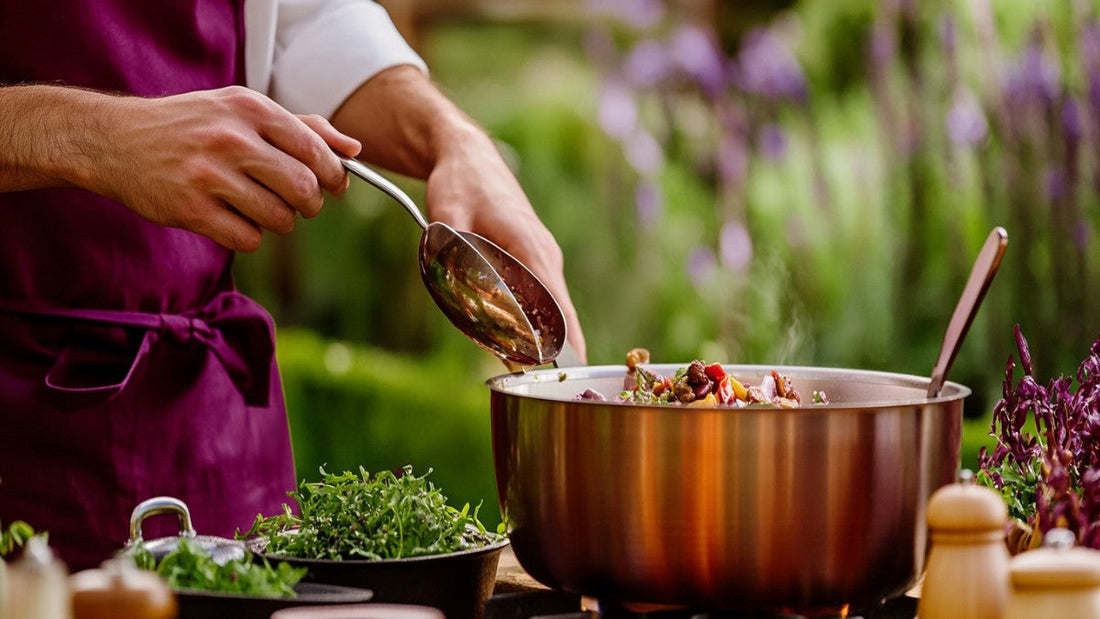
Essential Saffron Cooking Tips to Elevate Your Culinary Creations
Ara OhanianShare
Saffron, often called the "golden spice," is a prized ingredient in kitchens around the world. Its unique flavor, vibrant color, and aromatic essence make it a favorite among chefs and home cooks alike. However, mastering the art of cooking with saffron requires understanding its nuances. In this guide, we’ll share essential saffron cooking tips to help you make the most of this luxurious spice in your recipes.
1. Understanding Saffron: The Basics
Before diving into cooking tips, it’s crucial to understand what makes saffron so special. Saffron comes from the dried stigmas of the Crocus sativus flower and is renowned for its:
- Vibrant Color: Saffron lends a beautiful golden-yellow hue to dishes.
- Unique Flavor: It has a subtle yet complex flavor with floral and earthy notes.
- Aromatic Profile: Its aroma is warm and slightly honey-like.
Because of its potency, a little goes a long way. A few threads are often enough to transform a dish.
2. Choosing High-Quality Saffron
To achieve the best results in your cooking, always use high-quality saffron. Here are some tips for selecting the best saffron:
- Look for deep red threads with orange tips. Avoid saffron that appears too yellow or pale.
- Choose saffron sold as whole threads rather than powdered, as powders are more likely to be adulterated.
- Opt for saffron from reputable sources, like Pure Saffron's Persian Pure Saffron, to ensure authenticity.
3. Preparing Saffron for Cooking
Using saffron correctly involves a bit of preparation. Here’s how to unlock its full potential:
- Toast the Threads: Lightly toast saffron threads in a dry pan for 10-15 seconds to enhance their flavor.
- Grind the Threads: Use a mortar and pestle to grind the threads into a fine powder, which helps release their essence.
- Infuse in Liquid: Dissolve the ground saffron in a small amount of warm water, milk, or broth for 10-15 minutes before adding it to your dish. This step ensures even distribution of color and flavor.
4. Pairing Saffron with Other Ingredients
Saffron pairs beautifully with a wide variety of ingredients, but it’s important to balance its flavor. Here are some pairing suggestions:
- Rice Dishes: Saffron is a star ingredient in dishes like paella, biryani, and risotto.
- Meats: It complements chicken, lamb, and seafood, enhancing their natural flavors.
- Desserts: Use saffron in custards, ice creams, and baked goods for a luxurious touch.
- Spices: Saffron works well alongside cinnamon, cardamom, and cloves.
5. Measuring Saffron: Less Is More
When it comes to saffron, remember that a little goes a long way. Typically, 5-7 threads are enough for most recipes serving 4 people. Using too much saffron can result in an overpowering and slightly bitter taste.
6. Timing Matters: When to Add Saffron
The timing of when you add saffron to your dish can impact its flavor and color. Here’s when to add it based on the type of recipe:
- For Soups and Stews: Add saffron toward the end of cooking to preserve its aroma and flavor.
- For Rice Dishes: Mix saffron with the cooking liquid before adding it to the rice.
- For Desserts: Incorporate saffron into the liquid base early to allow its color and essence to infuse fully.
7. Storing Saffron Properly
To maintain its potency, saffron should be stored correctly:
- Keep it in an airtight container to protect it from moisture.
- Store it in a cool, dark place away from direct sunlight.
- Use it within 1-2 years for the best flavor and aroma.
8. Creative Ways to Use Saffron
While saffron is often associated with traditional dishes, it can also be used in innovative ways:
- Add a pinch to your morning tea or coffee for a fragrant twist.
- Mix saffron into salad dressings for a splash of flavor and color.
- Use saffron in marinades to enhance the flavor of grilled meats and vegetables.
- Incorporate it into cocktails for a luxurious golden hue.
9. Common Mistakes to Avoid
Even experienced cooks can make mistakes with saffron. Avoid these common pitfalls:
- Using too much saffron, which can make your dish bitter.
- Skipping the infusion step, which can result in uneven flavor distribution.
- Buying low-quality or adulterated saffron, which lacks the desired potency.
Frequently Asked Questions About Saffron Cooking Tips
-
Q1: Can I use saffron directly in my dish without soaking?
A: While you can, soaking saffron in liquid helps release its full flavor, aroma, and color.
-
Q2: How do I know if my saffron is pure?
A: Pure saffron has a deep red color with orange tips, a strong aroma, and threads that don’t break easily.
-
Q3: Can I reuse saffron threads?
A: Saffron threads lose potency after use, so it’s best to use fresh threads for each recipe.
-
Q4: Is saffron safe to use during pregnancy?
A: Saffron is generally safe in small amounts, but consult a doctor before use during pregnancy.
-
Q5: What’s the best way to grind saffron threads?
A: Use a mortar and pestle to grind saffron into a fine powder for easier infusion.
Cooking with saffron can elevate your dishes to new heights. By following these saffron cooking tips, you'll unlock the full potential of this golden spice, transforming ordinary recipes into extraordinary culinary creations. If you're looking for premium-grade saffron, check out our Persian Pure Saffron to get started today.
